Underwater Photography in Kelp Forests
For most divers, the term “cold-water diving” brings to mind green water, low visibility, and the shivers. To seasoned kelp forest photographers, however, these factors are all part of the daily challenge of photographing kelp forests.
With the right gear and a few kelp forest specific techniques, braving these cold waters can reward underwater photographers with some of the most unique photographic opportunities on the planet.
What Are Kelp Forests?
Kelp forests are some of the most productive ecosystems on Earth, and from a diving perspective, one of the very few dives that can be equally beautiful whether you’re looking from above or below.
Technically, a kelp forest is just an environment with a high density and diversity of kelp. They occur worldwide, typically in temperate or cold-water environments. Off of the California coast is where you’ll find perhaps the most iconic kelp forest, which consists primarily of giant kelp that can grow up to 12 inches per day. When the conditions are right, this allows giant kelp to dominate California’s coastal shoreline, creating an amazing habitat for a plethora of local marine life, large and small. Popular dive spots in California include Monterey, Catalina, and Anacapa.
There are other frequently dived kelp forests around the globe—which means there’s probably one close to home. South America (Peru), the US northeast coast (Maine), South Africa, and Australia (Adelaide and Tasmania)—all are popular kelp diving spots.
Kelp forests are found in temperate and cold waters around the globe, and are a photographer’s playground with massive kelp stalks, sea lions, and more
Kelp Forest Underwater Photography Subjects
Diving the kelp really is like walking through an underwater forest, with a raft of marine life found from top to bottom. Of course, specific species vary from region to region, but here is a general list of what you’ll find in most kelp forests—organized loosely from benthic to surface-dwelling.
The Garibaldi—California’s state fish—adds a nice pop of color to contrast the green of the kelp, blue water, and pink coral foreground
Gorgonians: Colorful sea fans (generally red, orange, and yellow) adorn the kelp forest floor from 100 feet and deeper. These make great foreground subjects.
Starfish: Starfish make for great stationary foreground subjects. In California, common sights include knobby, ochre, and sunstars.
Pinnipeds: Pinnipeds are staples of the kelp forest. When comfortable, sea lions can be curious and playful and make for excellent subjects. Some locations also have local harbor seals. They are generally shyer than sea lions, but with a calm demeanor, and a bit of luck can create an encounter you’ll remember forever.
A harbor seal pokes its head through the kelp. Patience and persistance is the key for long interactions with pinnipeds in kelp forests
Reef Fish: Often, the green and blue of the kelp and water is punctuated by brightly colored reef fish that make for a more interesting image. In the Pacific, Garibaldi fish are the stars, adding little splashes of orange to your kelp forest photos.
Kelp: And, of course, kelp! In a healthy plant, the growing edge of the plant creates a beautiful pattern, which can be the focus of many a kelp portrait.
Don’t forget about the kelp! Many species of kelp are beautiful in their own right, highlighted by the stark simplicity of this black and white photo
Photography Equipment for Kelp Forest Photography
Photographically, kelp forests lend themselves to both macro and wide-angle photography, though this article will focus on wide-angle kelp photography. (The techniques for macro remain roughly similar in kelp forests as they do elsewhere.)
Lens Selection: Regardless of the camera system, with kelp your best bet is to shoot wide. Because visibility can vary drastically, shooting wide (ideally using a fisheye lens), allows you to get as close as possible to capture the immediate scene and retain as much color as possible.
Lighting: While a decent level of ambient light is available in the tropics diving at 60 feet, light in kelp forests (especially with a canopy overhead) does not penetrate nearly as deep, so you’ll need two strobes to bring out all of the colors and textures. You may want to consider using a color correcting filter when strobes are not an option or when the scene is just too large for strobe coverage. A good focus light is also advisable to help your camera in the dim environment.
Light is hard to come by under the kelp canopy. Two powerful strobes and a focus light will help you produce well-lit wide-angle images
Dive Equipment: Step one in photographing kelp forests is being comfortable, which involves being warm. Along with a thick wetsuit and/or drysuit, divers new to cold water are often surprised by how much weight is required (typically 18–32 lbs). Ensure that your buoyancy compensator can handle this amount of weight.
Kelp Forest Underwater Photography Tips and Techniques
Beyond the specific types of marine life you’ll encounter on a kelp forest dive, photographically I tend to split up my time into two categories: the shallows, and the bottom.
The Shallows
Golden light is a favorite of all kelp forest underwater photographers: With an overhead surface canopy, kelp has the amazing effect of taking normally blue underwater light and making it golden. To take full advantage of this, try shooting on a sunny day with a midday sun. Though sunbeams are more prominent underwater with a bit of an angle, the midday sun really brings out the golden canopy. As divers, we often overlook the top 10 feet of our dives. Take your time in the top 15 feet: It can pay off and round out your kelp portfolio.
It can be easy to head straight for the bottom on a kelp forest dive, but the lighting and environment near the surface are simply sublime for wide-angle images
The Bottom
Here we find structure and benthic marine life. Though the shallows are golden and gorgeous, it can be tough to find a decent subject other than marine mammals. On the bottom, close-focus wide angle works wonderfully. Find an anemone or a starfish and take the time to compose the shot. Shooting into the sun may give you more sunbeams, but shooting with the sun behind you will illuminate the kelp better.
At the bottom, look for close-focus wide-angle opportunities with a primary subject in front of the kelp forest environment as a background
Be Patient, Get Close
With a fisheye lens, get close. Cold-water animals tend to get closer to divers (exercising good buoyancy and composure) than their tropical counterparts. Stay calm and use this to your advantage. Keep your strobes back behind your port and angled out, which applies doubly for the higher prevalence of backscatter in these nutrient-rich waters.
Sense of Scale
If you’ve ever photographed the gigantic redwood forests topside, you’ll know the importance of creating a sense of scale. If you can’t get a playful sea lion or harbor seal to help out, your dive buddy is great for this. Throwing a human element into the kelp forest can make it that much more striking, and if your buddies are brave enough, who says you can’t model underwater like they do in Hawaii?
Kelp forests can be massive: Adding a sense of scale with another diver, familiar animal, or brave model can communicate the true scope of the scene
Kelp Diving Safety Considerations
Kelp forests are a unique environment and present some unique safety concerns. For starters, make sure not to enter the water right on top of the kelp—that’s the quickest way to get tangled. Some divers prefer to carry a knife in case of entanglement. You can do this, but it’s a better idea to keep your hoses and gear streamlined and to maintain neutral buoyancy to avoid any problems to begin with.
As you can see, kelp forests can be quite busy. So it’s important to be mindful of your environment to avoid becoming tangled in kelp
Final Thoughts
The kelp forest is a magical place, and for those willing to don the extra gear and brave the cold, it can be one of the most rewarding dives in the world. Beautiful light, playful marine animals, and colorful invertebrates mean there is always an opportunity waiting to be had—from the forest floor to the canopy.
Spending more time in local kelp forests will increase your chances of priceless encounters with pinnipeds and even rarer species like sharks and rays
RELATED CONTENT
Featured Photographer

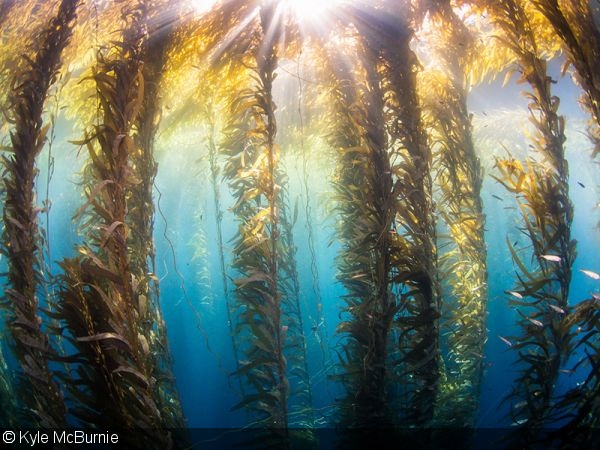
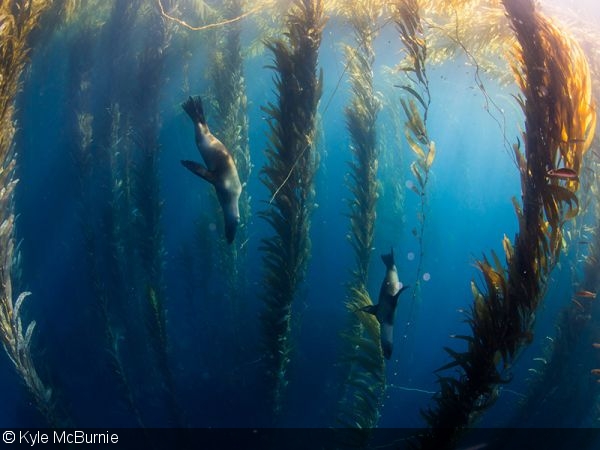
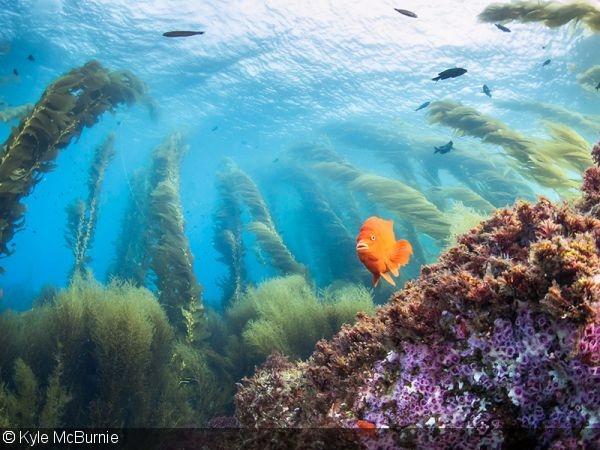

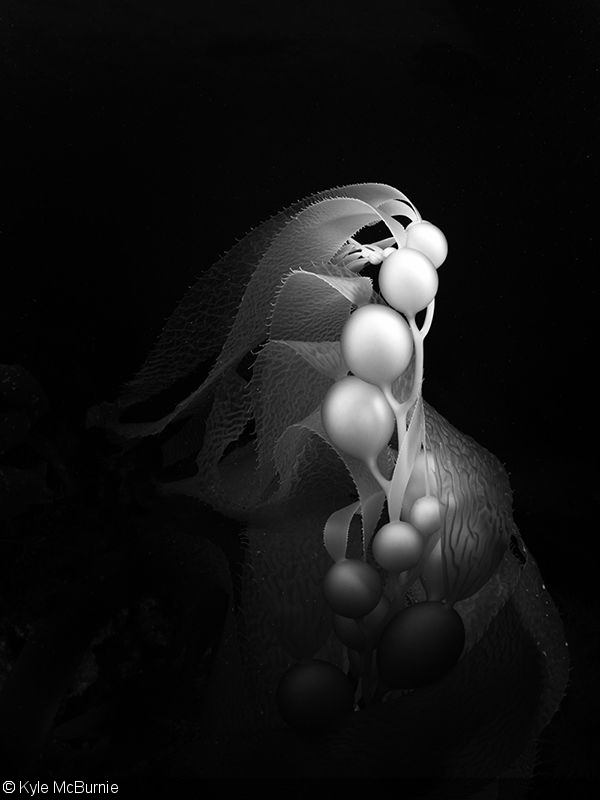
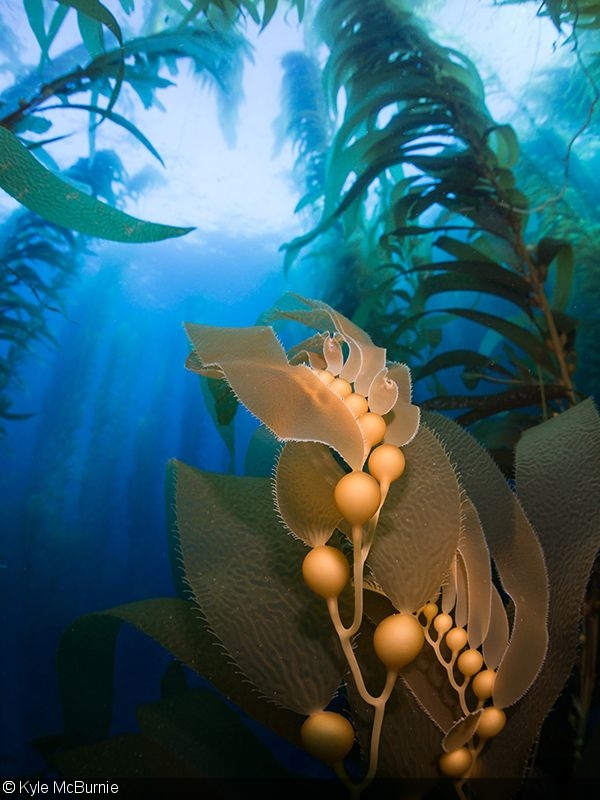


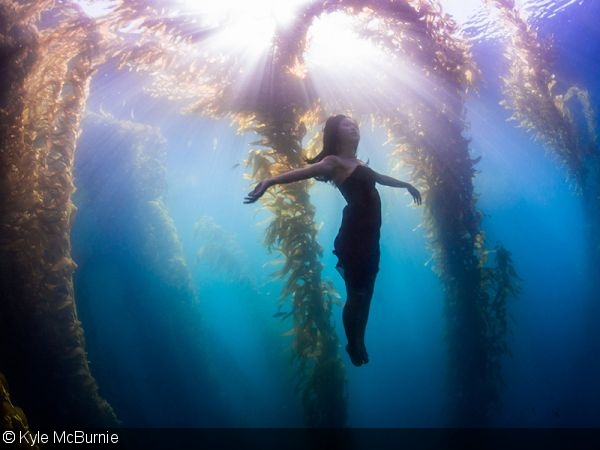
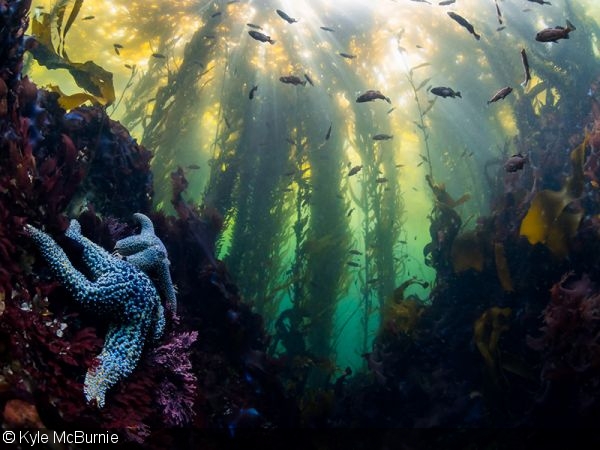
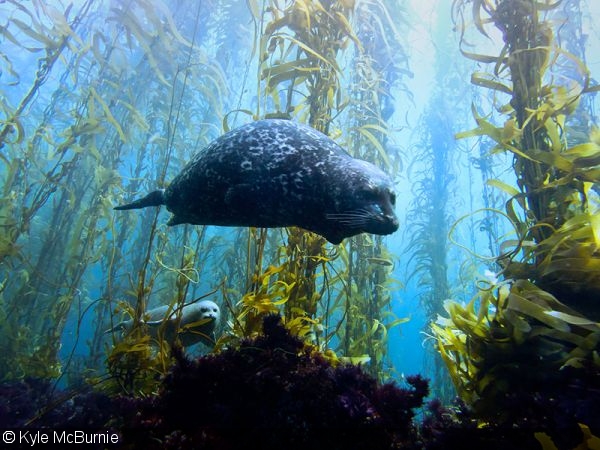
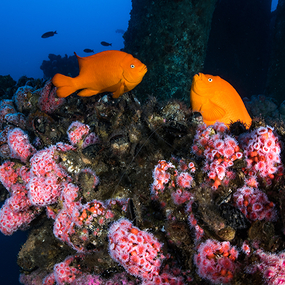
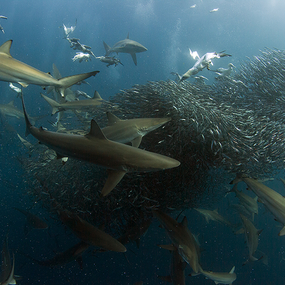
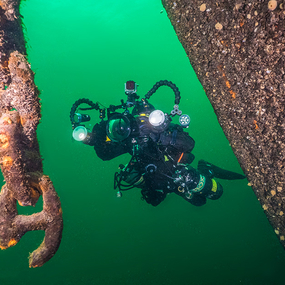
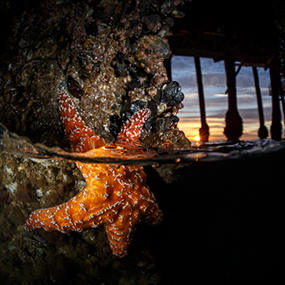

 Antarctica
Antarctica




